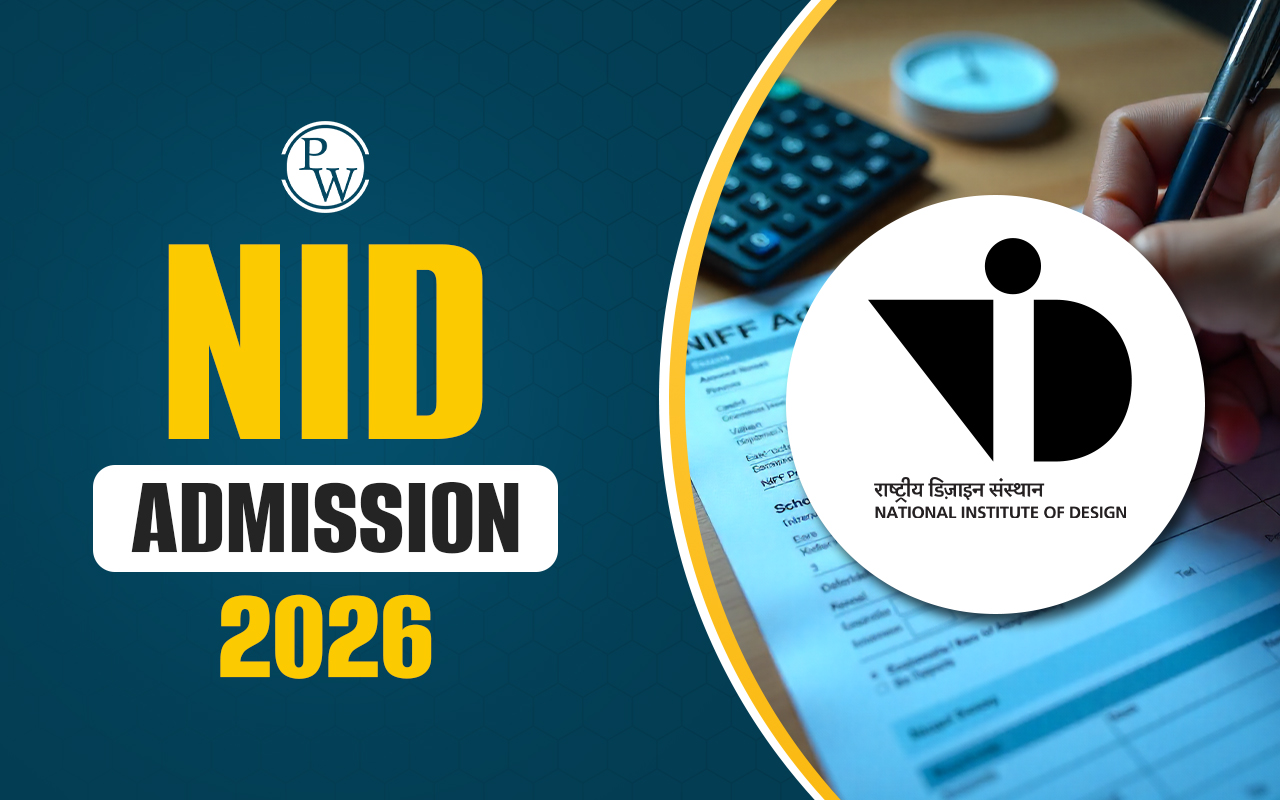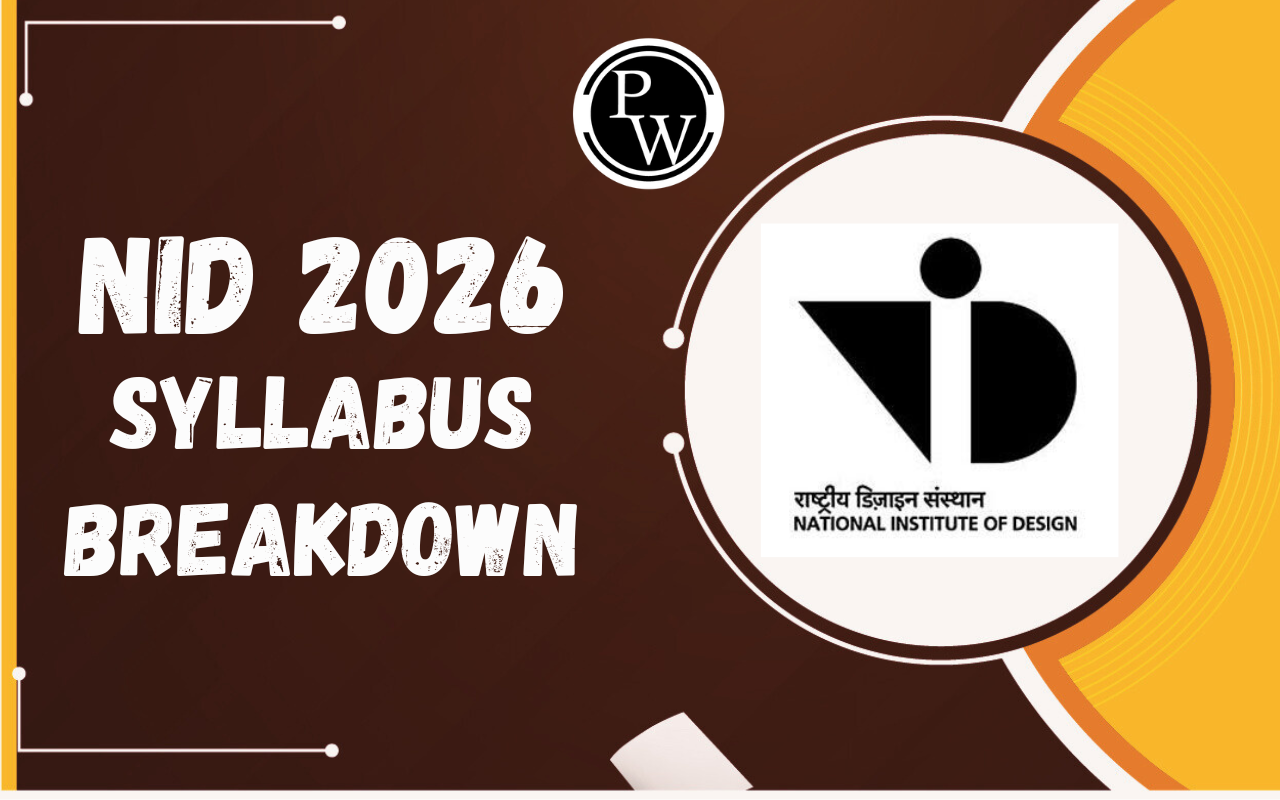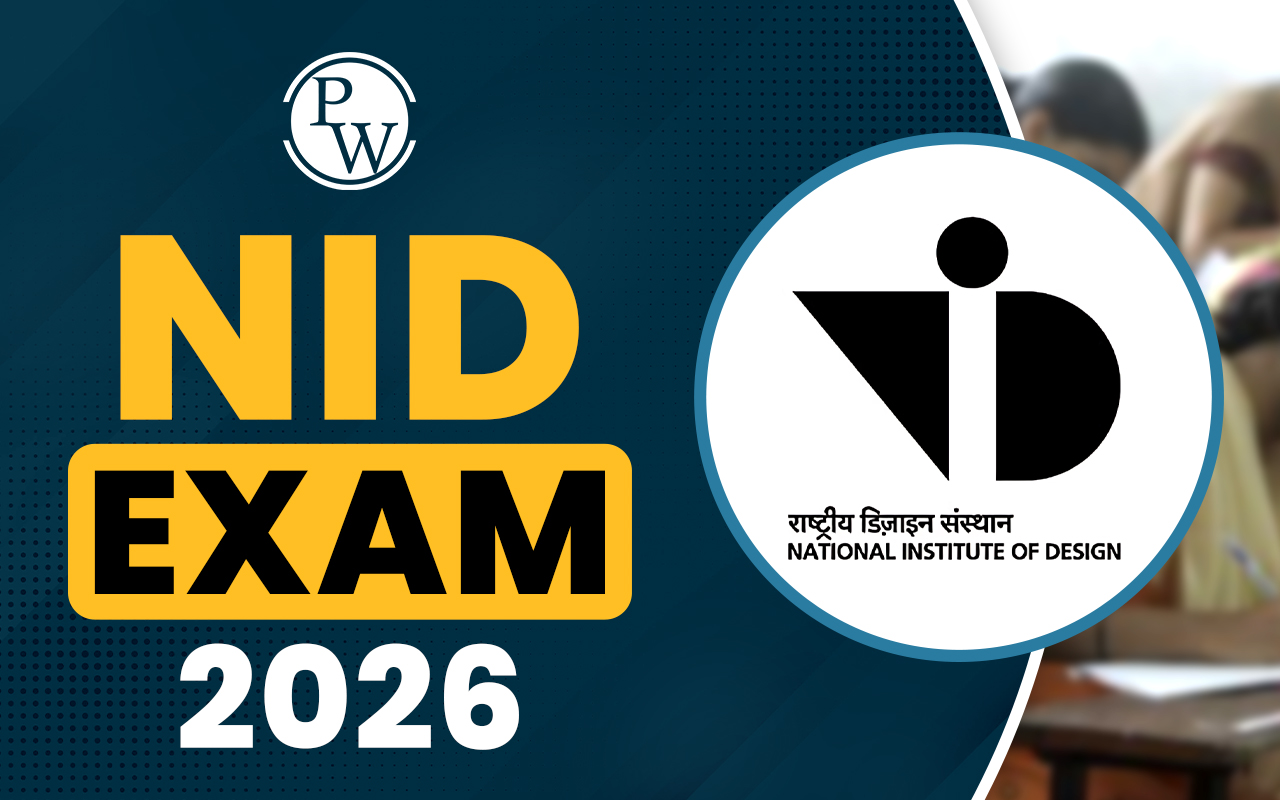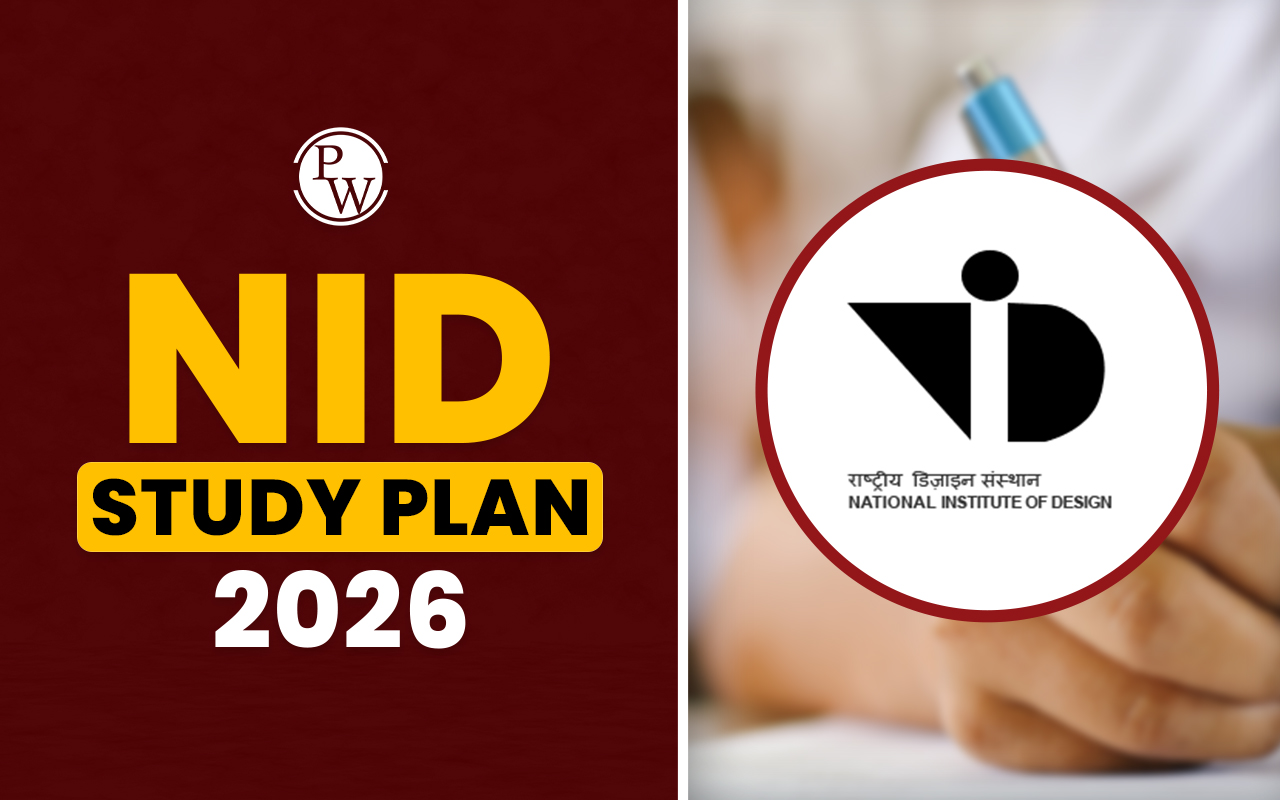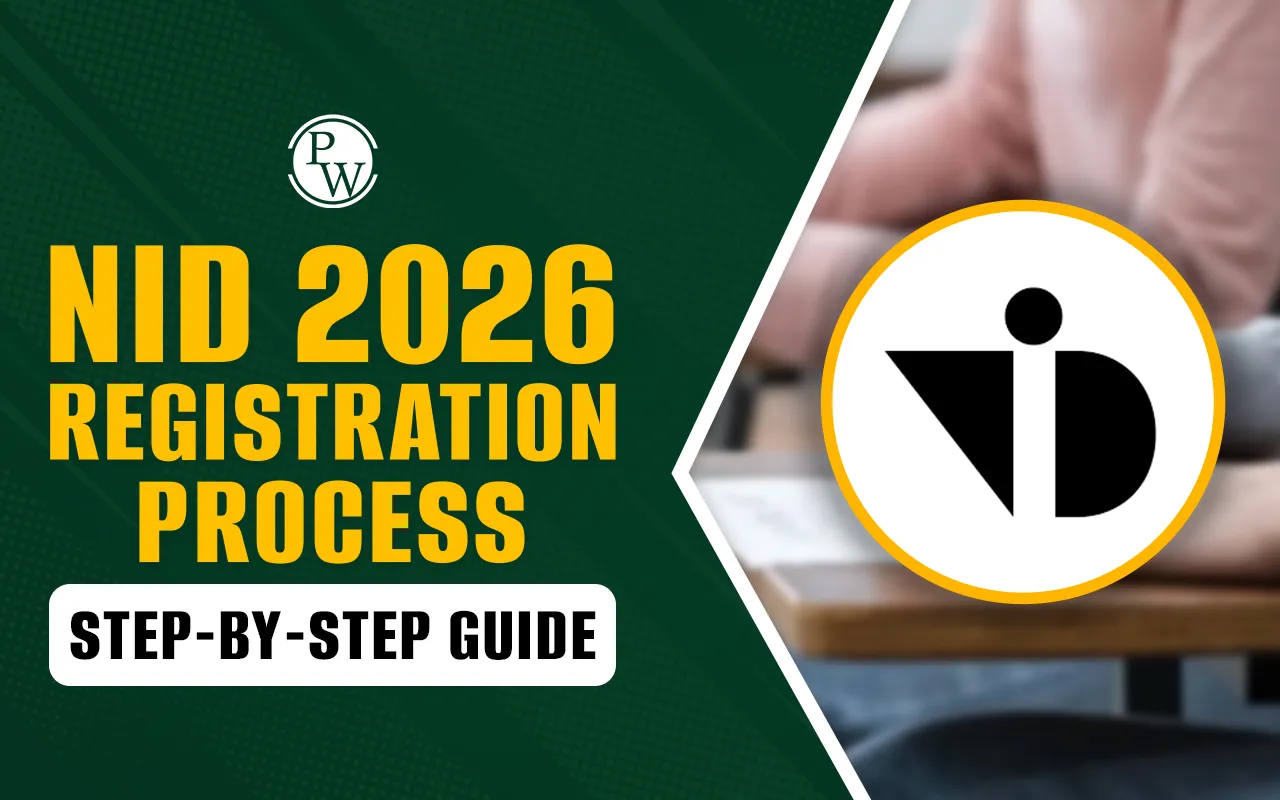CEED 2026 Syllabus: IIT Bombay will release the CEED 2026 syllabus on its official website at ceed.iitb.ac.in along with the official notification. The CEED 2026 Syllabus includes important topics for both Part A and B, which candidates need to cover to excel in the entrance exam. By aligning their preparation with the syllabus, candidates can ensure that they are well-prepared for both parts of the exam and can maximize their chances of success. Knowing the syllabus also reduces anxiety and helps manage time efficiently during the preparation process.
CEED 2026 Syllabus Overview
The CEED (Common Entrance Examination for Design) 2026 syllabus is a crucial guide for candidates, outlining the topics and areas from which questions will be asked. It is important to thoroughly understand the syllabus to strategize preparation effectively and increase chances of scoring well. The CEED 2026 syllabus is divided into two parts: Part A and Part B. Part A covers a range of skills and knowledge areas, while Part B focuses on assessing design, drawing, and writing abilities.
CEED 2026 Syllabus for Part A
The CEED (Common Entrance Examination for Design) 2026 Part A syllabus is designed to assess a candidate's aptitude for design through a computer-based test. This section includes objective-type questions such as Numerical Answer Type (NAT), Multiple Choice Questions (MCQ), and Multiple Select Questions (MSQ). Part A includes topics on visualization and spatial reasoning, practical and scientific knowledge, observation and design sensitivity, and analytical and logical reasoning.
The following table provides topics with description for the CEED Part A syllabus.
CEED 2026 Syllabus for Part B
The CEED (Common Entrance Examination for Design) 2026 Part B syllabus is designed to assess a candidate's design, drawing, and writing skills through a pen-and-paper-based test. This section includes five questions that evaluate sketching, creativity, form sensitivity, visual sensitivity, and problem identification. Candidates are required to write answers or draw in the provided answer booklets.
The following table provides important topics with description for CEED Part B as per CEEd 2026 syllabus.
CEED 2026 Syllabus Preparation Books for Part A
To effectively prepare for the CEED 2026 Part A, it is essential to have the right books that cover all the topics included in the syllabus. These books offer structured learning, practice material, and insightful strategies to help candidates understand complex design principles and improve problem-solving skills. Using the right preparation books ensures comprehensive coverage of the syllabus and effective revision of key concepts. The following table lists some preparation books for CEED Part A.
CEED 2026 Syllabus Preparation Books for Part B
For CEED 2026 Part B preparation, selecting the right books can significantly enhance your drawing, design, and creative problem-solving skills. These books provide exercises and techniques that help improve sketching accuracy, visual expression, and conceptual thinking, which are essential for tackling the design-based questions in Part B. Some of the preparation books for CEED Part B are listed below.
CEED 2026 Preparation Tips
Here are some preparation tips for CEED 2026.
- Begin your preparation well in advance to ensure you have enough time to cover all topics. Create a study timetable that balances both practical and theoretical aspects of the exam.
- Practice drawing and sketching regularly. This will not only improve your technique but also enhance your speed and creativity, which are crucial for Part B.
- CEED requires not just technical skills but also strong conceptual thinking. Work on developing creative solutions for design problems and challenge yourself with new design concepts.
- Keep yourself informed about the latest trends in design, art, and technology. This will help you stay current and provide a broader perspective in design-related questions.
- Take mock tests regularly to assess your strengths and weaknesses. Mock exams simulate the actual exam experience, helping you improve both accuracy and speed.
CEED 2026 Syllabus FAQs
What topics are covered in the CEED 2026 syllabus?
How can I prepare for the design awareness section of CEED?
Are there any important topics for Part A of the CEED exam?
How do I prepare for the creative problem-solving aspect of the CEED syllabus?
How can I balance preparation for both Part A and Part B?


